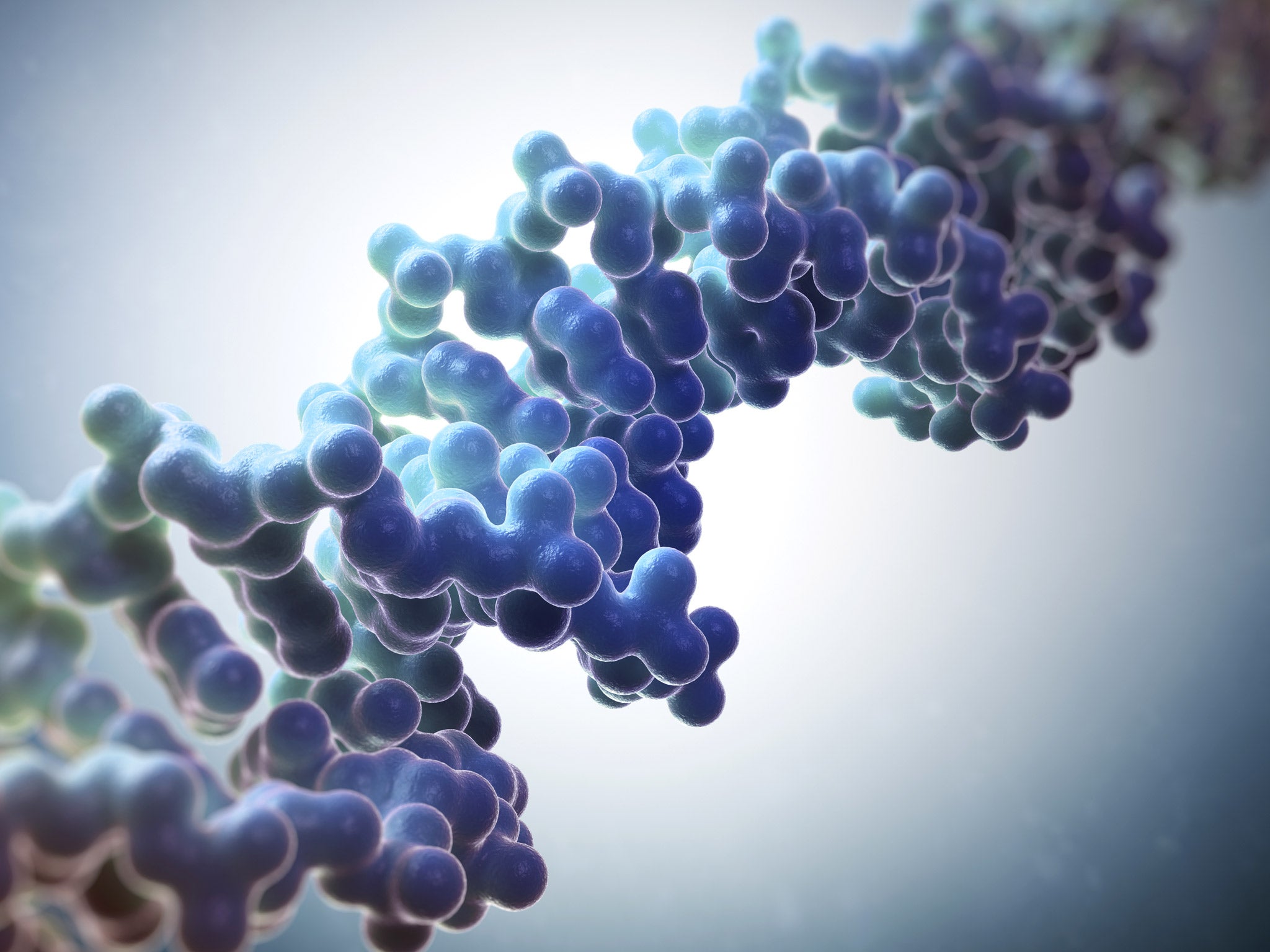Is the glass half-full or half-empty? Science knows your answer
Your emotional perspective on life all comes down to genes

Your support helps us to tell the story
From reproductive rights to climate change to Big Tech, The Independent is on the ground when the story is developing. Whether it's investigating the financials of Elon Musk's pro-Trump PAC or producing our latest documentary, 'The A Word', which shines a light on the American women fighting for reproductive rights, we know how important it is to parse out the facts from the messaging.
At such a critical moment in US history, we need reporters on the ground. Your donation allows us to keep sending journalists to speak to both sides of the story.
The Independent is trusted by Americans across the entire political spectrum. And unlike many other quality news outlets, we choose not to lock Americans out of our reporting and analysis with paywalls. We believe quality journalism should be available to everyone, paid for by those who can afford it.
Your support makes all the difference.The perennial question of whether the glass if half-full or half-empty may not be the best decider of whether you're an optimist or a pessimist anymore.
ASAP Science has released a video detailing how genes can explain your outlook on life and whether you're inclined to focus on the positive or the negative.
Watch the explanation here:
According to the research, some genes can increase one's focus on the positive in life, while others increase focus on the negative, effectively making someone genetically susceptible to optimism or pessimism.
Other research conducted by the video makers shows that optimists are less likely to be hospitalised after coronary bypasses and go on to higher academic achievement and better socioeconomic status.
However, they are also prone to overestimate their own abilities and underestimate potential risks, unlike a pessismist who is more realistic and cautious in their decision making.

There is also an inherent 'optimism bias' in 80% of people, which causes us to envisage positive future events more often than negative ones.
As an example, in America the divorce rate is around 40% but most newlyweds estimate their chance of divorce at 0%, although saying otherwise would perhaps speed that particular process along quicker than you may even want to admit.
The brain is also proven to respond to positive events more generously, as the left half shows increased activity when imagining positive events but with negative events, the right half of the brain is active to a much lesser degree.
Subscribe to Independent Premium to bookmark this article
Want to bookmark your favourite articles and stories to read or reference later? Start your Independent Premium subscription today.
Join our commenting forum
Join thought-provoking conversations, follow other Independent readers and see their replies
Comments